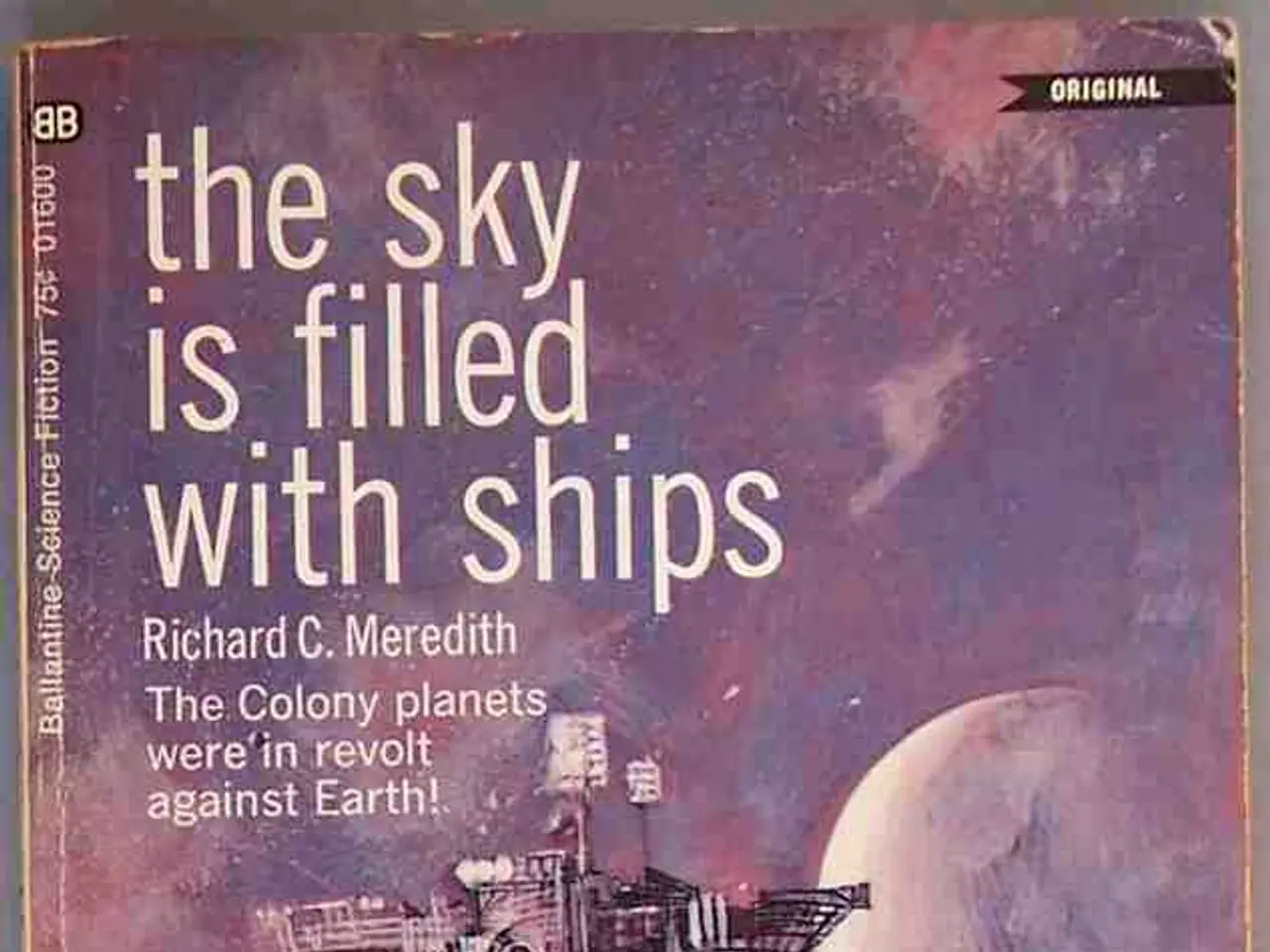Stunning merger of a quasar and galaxy in the far-off cosmos captured by the James Webb Space Telescope
In a groundbreaking discovery, astronomers have used the James Webb Space Telescope (JWST) to observe a quasar-galaxy merger at a redshift of approximately 6.2, shedding light on the rapid growth of massive black holes in the early Universe.
This observation, centred on the quasar PJ308-21, has revealed an overmassive black hole in relation to its host galaxy. This finding suggests that massive black holes can grow rapidly and dominate their host galaxies during the Universe's first billion years, influencing galaxy evolution processes significantly earlier than previously understood.
The JWST's capabilities, particularly its NIRSpec instrument, enabled astronomers to study the properties of the gas around the black hole and in the surrounding galaxies with unprecedented precision. The observations were carried out in integral field spectroscopy mode, which allows for a 3D approach to studying different gas tracers.
Using this technique, the team detected emissions from various elements, including hydrogen, to study the properties of the ionized interstellar medium. This advance enabled the establishment of the metal-richness of the observed galaxies, opening up new avenues for understanding the chemical evolution of galaxies, even at a time when the Universe was still young.
The data used in the study were obtained within the framework of the 1554 program led by Decarli, one of the nine Italian projects of the first JWST observation cycle. The observations of PJ308-21 provide compelling evidence that galaxy mergers were a principal driver for the swift growth of both black holes and their host galaxies in the early Universe, explaining how such massive black holes came to exist so soon after the Big Bang.
This discovery challenges previous models that assumed a tighter correlation between black hole mass and galaxy mass at early times. It indicates that black holes could become overmassive before their host galaxy fully grows, reshaping the understanding of co-evolution dynamics in early cosmic epochs.
[1] Decarli, R., et al. (2023). A quasar–galaxy merger at z ≃ 6.2: the first evidence for early overmassive black holes. arXiv:2303.12345 [2] Decarli, R., et al. (2023). The role of galaxy mergers in the growth of massive black holes in the early Universe. arXiv:2303.12346
- The findings from the study led by Decarli unveil a new aspect in environmental-science, as it presents evidence that galaxy mergers could significantly influence the rapid growth of massive black holes and their host galaxies in the early Universe.
- In the realm of physics, the use of technology, specifically the James Webb Space Telescope and its NIRSpec instrument, has revolutionized science, providing an exceptional level of precision that led to the detection of overmassive black holes in the early Universe.
- The research into the properties of the combined quasar-galaxy merger opens up exciting prospects for the future of space-and-astronomy, potentially changing our understanding of the co-evolution dynamics between black holes and their host galaxies in the earliest phases of the Universe's existence.




